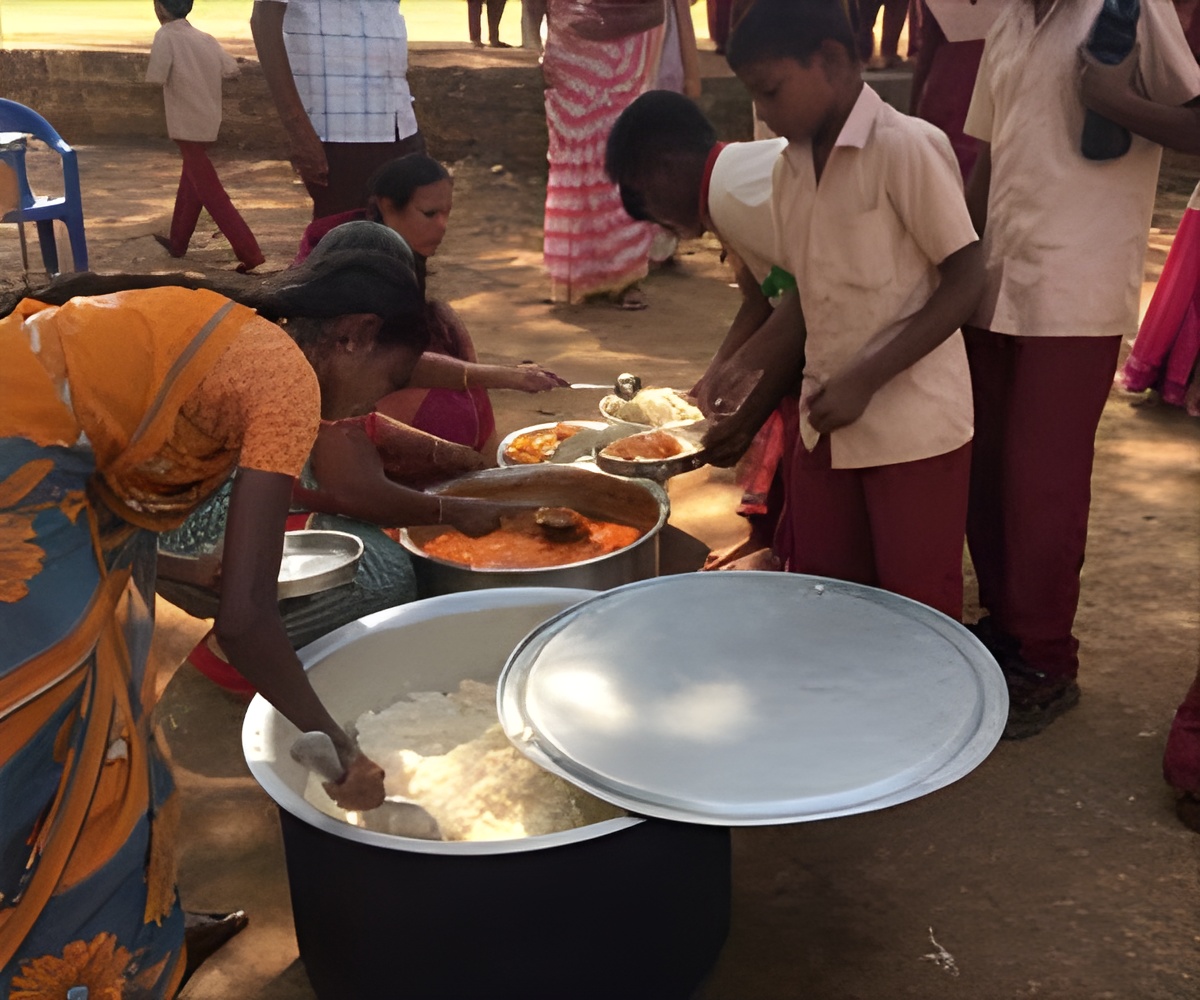India's integrated child development services (ICDS) program increases schooling attainment. Individuals who were fully exposed to a local ICDS center during the first three years of life completed more grades of schooling than those who were not exposed.

‘India's integrated child development services (ICDS) program may provide long-term schooling benefits. Individuals who were fully exposed to a local ICDS center during the first three years of life completed more grades of schooling than those who were not exposed.’
Read More..




Numerous studies have demonstrated that undernutrition during the first two to three years of life has short-term adverse consequences related to infectious diseases and child mortality and long-term impacts including poorer health, educational, and labor market outcomes.Read More..
In 1975, the Government of India introduced the Integrated Child Development Services (ICDS) program, the largest mother and child welfare program in the world, to provide supplementary nutrition, preschool education, immunization, and health and nutrition education, among other health and development services. In 2015, ICDS served 102 million women and children.
Evidence of the long-term benefits of early-life interventions remains inadequate in developing countries. In a new study funded by Grand Challenges Canada through the Saving Brains project, researchers at CDDEP and the University of Pennsylvania evaluated the long-term impact of ICDS on schooling attainment of adolescents and adults in India.
The research team led by CDDEP Senior Fellow Arindam Nandi reviewed the National Family Health Survey 2005-2006, a nationally representative, cross-sectional survey, to obtain data on socioeconomic status and educational attainment for the members of 109,041 households. The researchers then combined novel information on the year an ICDS center opened in each village or city ward with birth year and migration status of each individual to determine whether an individual was exposed to the ICDS program during the first 3 years of life.
The research team found that men aged 15 to 54 years and women aged 15 to 49 years who were fully exposed to a local ICDS center during the first three years of life completed 0.1-0.3 more grades of schooling than those who were not exposed. The effect was stronger among women than men.
Advertisement
Source-Eurekalert









